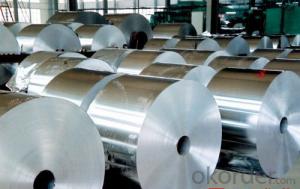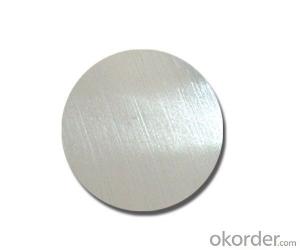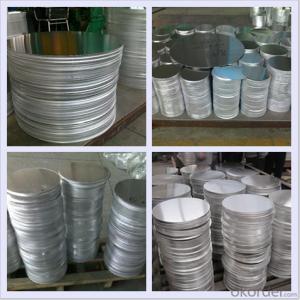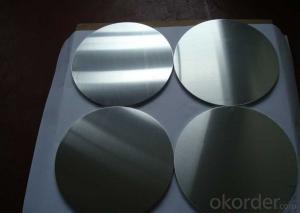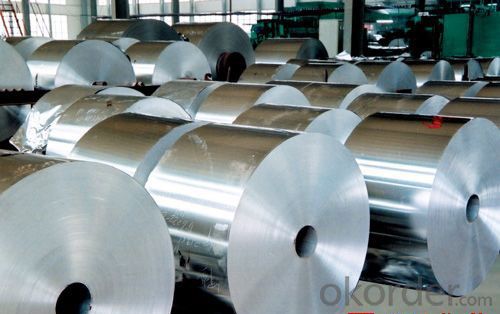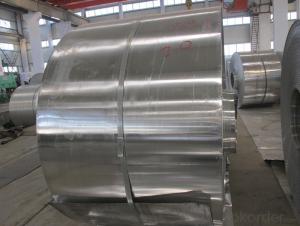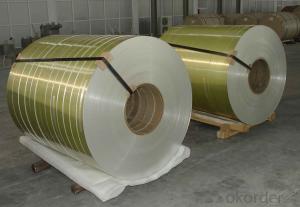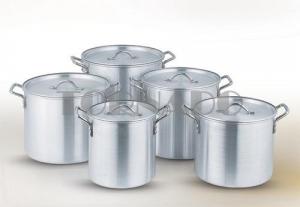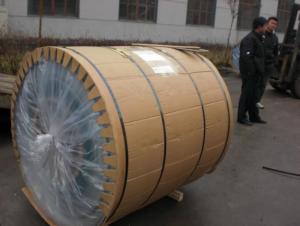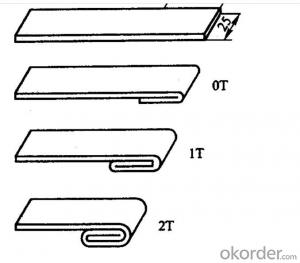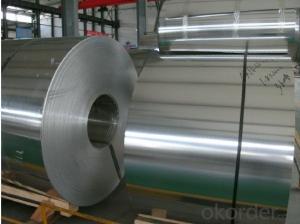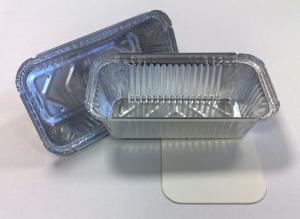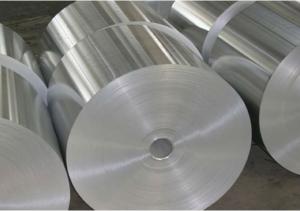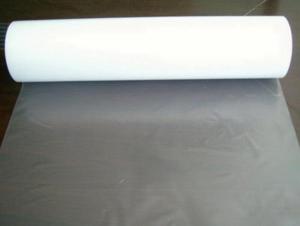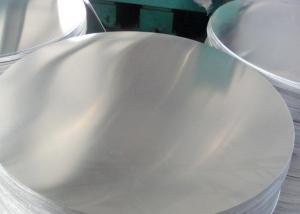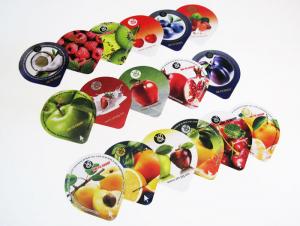Aluminum Cold Rolled Coils and Sheets for Manufacturing Curtain Wall
- Loading Port:
- Shanghai
- Payment Terms:
- TT OR LC
- Min Order Qty:
- 5 m.t.
- Supply Capability:
- 100000 m.t./month
OKorder Service Pledge
Quality Product, Order Online Tracking, Timely Delivery
OKorder Financial Service
Credit Rating, Credit Services, Credit Purchasing
You Might Also Like
Specification
Grade:
5000 Series
Surface Treatment:
Coated
Shape:
Rectangular
Temper:
Half Hard
Application:
Glass Wall
Gutter roof aluminium composite panel 1100 3003 pe pvdf price manufacture pre painted aluminum coil
Colored aluminum foil Brief Introduction:
| Aluminum Alloy: | AA1100,1050,1060,3003,3004,3005,3103,3105,5005,5052,5083,5754,6061,8011,O,O-H112,ETC. |
| Temper: | O,H16,H18,H22,H24,H26,H28 |
| Aluminum Alloy Thickness: | 0.08mm~1.2mm(0.08,0.18,0.28,0.38,0.48,0.6,0.8,1 mm) |
| (0.1,0.15,0.25,0.35,0.45 mm) | |
| Coil Width: | 30~1520mm hot sale price coated aluminium |
| Core Diameter: | 150/405/505mm |
| Coil Weight: | 1~2.5tons each coil for colorful marble coated aluminum coil |
| Coating Type: | PE,PVDF,back coatting,ACRYLIC,feve |
| Surface Type: | Smooth,Embossed,mill finish,coated,brushed,etc.
|
| Glossness: | 10-90%(EN ISO-2813:1994) |
| Coating Thickness: | PE:more than 18 +-1micron |
| PVDF:more than 25+-1micron | |
| Back Coating:8~10+-1micron | |
| Coating Color: | Color A:pure white, ivory, white matte,yellow white,opal,light gray, aluminum natural color etc. |
| Color B:blue,yellow,gray,black,dark gray etc. | |
| Color C:white silver gray,flash silver,champagne etc. | |
| Color D:violet,pure orange,orange,bright red,china red,dark blue,brown,green,laker blue,flash gold yellow etc. | |
| Paint Hardness: | More than 2H |
| Coating Adhesion: | 5J(EN ISO-2409:1994) |
| Impact Resistance: | No peeling or cracking(50 kg/cm,ASTMD-2794:1993) |
| Flexibility(T-bend): | <2T |
| MEK resistance: | More than 100 |
| Salt Fog Resistance(H): | ≥500 |
| Advantage: | 1.High temperature resistant colorful marble coated aluminum coil |
| 2.Weathering resistant | |
| 3.Scrubbing resistant | |
| 4.Sound insulation | |
| 5.Acid or alkali proof,Fireproof | |
| 6.Light weight material is easy to construct and install | |
| Packing Details: | Five-layer carton,strong polar fumigation wooden pallet,steel belt fastened outside,worthy shipping by sea. |
| Coating Aluminum Standard: | Chemical Composite:GB/T 3190-2008,JIS,EN,ASTM,Mechanical Property: GB/T 3880-2006, JIS, EN, ASTM |
| Certification: | ROHS,SGS,FDA,ISO9001:2008,GB/T 28001-2001,FORM A/E/F or CO,Mill Test Report |
| Application: | acp,aluminum composite panel,roof,gutter,ceiling,facade,wall cladding,gutter,aluminum honeycomb panel,roller shutter,rolling shutter,truck body,rolling shutter door,etc. |
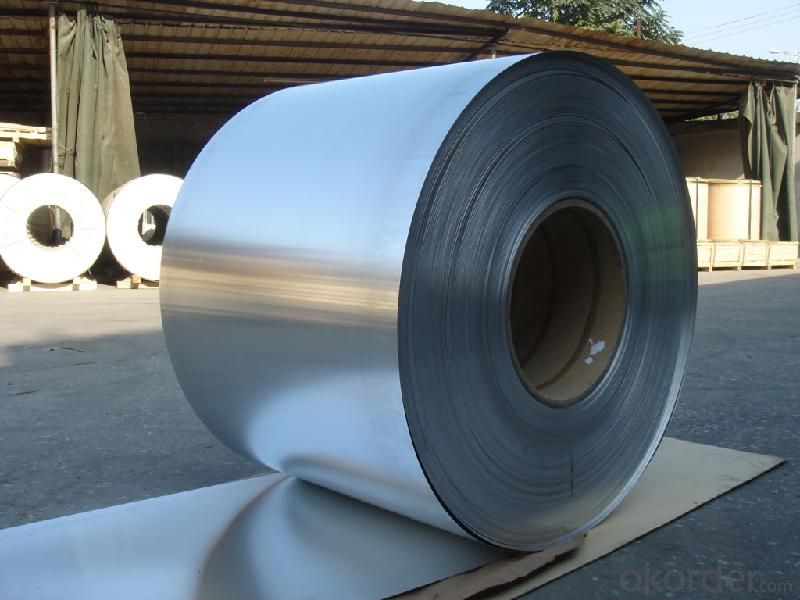
Our Services
Payment: by 30%T/T in advance and balance before shipment or 100% L/C at sight
Delivery: within 30 days after we get your deposit or L/C.
Packing: sea worthy wooden pallet
Loading port: Qingdao/Shanghai/Tianjin, China
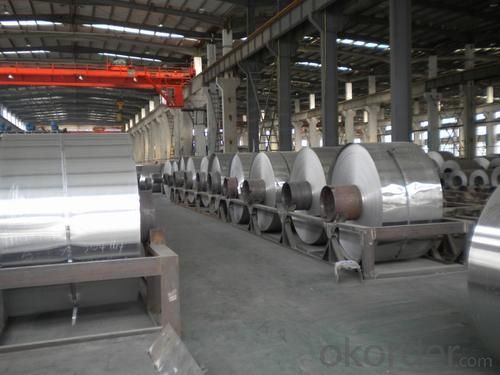
- Q: What other materials can be used as substitutes for aluminum in various applications?
- <p>Alternative materials to aluminum include magnesium, which is lighter and often used in automotive and aerospace applications; titanium, known for its strength and corrosion resistance, though more expensive; copper, utilized for its excellent electrical conductivity; and steel, which is stronger and more durable but heavier. Additionally, composite materials like carbon fiber and fiberglass offer weight savings and high strength, though they can be more complex to manufacture. Each alternative has its own set of advantages and disadvantages depending on the specific application and requirements.</p>
- Q: Is it safe or permissible to use aluminum in food packaging materials?
- <p>Yes, aluminum is commonly used in food packaging due to its lightweight, durability, and excellent barrier properties against air, moisture, and light. It is used in various forms such as aluminum foil, cans, and flexible packaging materials. However, it's important to ensure that the aluminum packaging is food-grade and complies with safety regulations to prevent any potential health risks associated with aluminum exposure.</p>
- Q: Explain how the addition of zinc impacts the corrosion resistance of aluminum alloys.
- <p>The addition of zinc to aluminum alloys significantly enhances their corrosion resistance. Zinc forms a protective layer on the surface of aluminum, which prevents the metal from reacting with corrosive elements such as oxygen and moisture. This protective layer, known as a passive layer, is self-healing and can regenerate if damaged, maintaining its effectiveness over time. Additionally, zinc's presence in aluminum alloys can improve the alloy's overall mechanical properties, making it more resistant to stress corrosion cracking. This is particularly useful in marine environments or other corrosive conditions where aluminum alloys are commonly used.</p>
- Q: Is aluminum a suitable material for manufacturing bicycles and other lightweight vehicles?
- <p>Yes, aluminum is a popular material for making bicycles and other lightweight vehicles due to its high strength-to-weight ratio. It is lightweight, durable, and resistant to corrosion, which makes it an excellent choice for components that need to be strong yet not add excessive weight. Aluminum frames are commonly used in bicycles because they offer a good balance between weight, stiffness, and cost. Additionally, aluminum is widely used in the manufacturing of other lightweight vehicles such as electric scooters, small cars, and even aircraft due to its favorable properties.</p>
- Q: Explain the impact of using recycled aluminum on the environment.
- <p>Using recycled aluminum significantly reduces our environmental footprint. It requires only 5% of the energy needed to produce new aluminum from raw materials, thus conserving energy. Additionally, recycling aluminum reduces greenhouse gas emissions by up to 95% compared to aluminum production from bauxite ore. This lowers air pollution and helps combat climate change. Moreover, recycling aluminum conserves natural resources and reduces the need for mining, which has its own set of environmental impacts, including habitat destruction and water pollution. Overall, recycling aluminum is a sustainable practice that benefits the environment by reducing energy consumption, emissions, and resource extraction.</p>
- Q: This question asks about the energy consumption involved in the recycling process of aluminum.
- <p>Recycling aluminum requires significantly less energy compared to producing aluminum from raw materials. It takes about 5% of the energy needed to produce new aluminum from bauxite ore. This energy efficiency is due to the fact that recycling aluminum involves melting down the metal, which requires less energy than the extraction and refining processes involved in primary production. The exact amount of energy saved can vary depending on factors such as the purity of the recycled material and the efficiency of the recycling process, but overall, recycling aluminum is a much more energy-efficient method than mining and refining new aluminum.</p>
- Q: Can the recycling of aluminum be done in a closed loop system without any degradation in the material's quality?
- <p>Yes, aluminum can be recycled using a closed loop process without losing quality. Aluminum is infinitely recyclable, meaning it can be recycled over and over again without losing its properties. The recycling process involves melting the aluminum, which is much less energy-intensive than the original production from raw materials. This closed-loop recycling system helps maintain the quality of aluminum, making it an environmentally friendly and sustainable material.</p>
- Q: Is it possible to incorporate aluminum in construction materials?
- <p>Yes, aluminum is commonly used in building materials due to its lightweight, high strength, and resistance to corrosion. It is used in window frames, roofing, facades, and structural components. Aluminum's malleability allows it to be shaped into various forms, and it's also recyclable, making it an environmentally friendly choice. However, it's important to note that while aluminum is used in construction, it's often combined with other materials to enhance its properties for specific applications.</p>
- Q: Is it safe and common to use aluminum in food packaging?
- <p>Yes, aluminum is commonly used in food packaging due to its lightweight, durability, and excellent barrier properties against light, oxygen, and moisture. It is often used in the form of aluminum foil and aluminum-coated films or laminates to protect food and extend its shelf life. However, there are concerns about the potential health risks of aluminum exposure, and it's important to note that regulations and guidelines exist to ensure that aluminum levels in food packaging are safe for consumers.</p>
- Q: What precautions should be taken when handling molten aluminum to ensure safety?
- <p>Safety measures for working with molten aluminum include wearing appropriate personal protective equipment (PPE) such as heat-resistant gloves, face shields, and fire-resistant clothing. Ensure proper ventilation to avoid inhaling fumes. Use non-ferrous tools to avoid reactions with molten aluminum. Keep the work area clean and free from water, as it can cause violent reactions. Train workers on emergency procedures and have fire extinguishers suitable for metal fires readily available. Always work in teams to ensure someone can assist in case of an emergency.</p>
Send your message to us
Aluminum Cold Rolled Coils and Sheets for Manufacturing Curtain Wall
- Loading Port:
- Shanghai
- Payment Terms:
- TT OR LC
- Min Order Qty:
- 5 m.t.
- Supply Capability:
- 100000 m.t./month
OKorder Service Pledge
Quality Product, Order Online Tracking, Timely Delivery
OKorder Financial Service
Credit Rating, Credit Services, Credit Purchasing
Similar products
Hot products
Hot Searches
Related keywords
